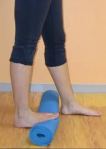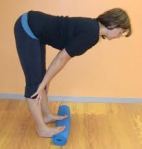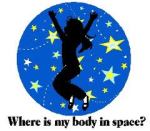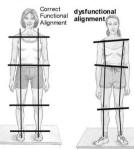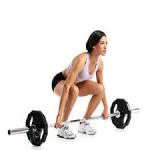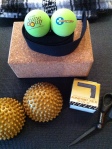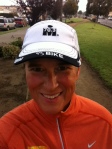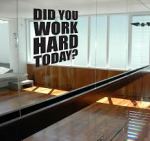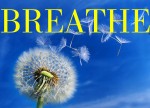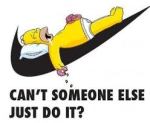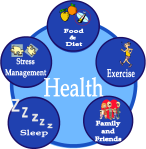By: Dr Dawn DPT
If I had a nickle for every time a client tried to convince me their foot problems were genetic, I’d be rolling in the deep money! I won’t dispute the possibility of some genetic predisposition due to collagen fibers, bone structure, and other genetic markers. However, I take issue with the statement “It’s genetic, I have my mother’s (or father’s or uncle’s or grandmother’s) feet being used to avoid owning their bad habits and correcting biomechanical faults that can change the course of their foot health for a lifetime. A genome can not be altered (well, for the sake of this discussion it can’t!) but a mechanome can definitely be modified for the greater good.
“We are how we move” according to Katy Bowman, biomechanist extraordinaire. Read her timely blog on this topic here: Mechanome vs Genome. The moral of the story is you can do something, many things in fact, to address the issues with the tissues in your feet (or anywhere else in the body for that matter but today it’s the feet).
The most common malalignment of the foot attributed to genetics is the bunion. 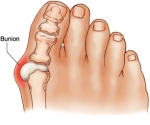 In reality, gait pattern, tissue tension, and poor shoe choices are the biggest contributors to bunion formation. Tight calves and hamstrings as well as walking like a duck (or ballerina) are the quickest way to achieving a beautiful (not) bony protrusion on the side of your big toe. Add wearing a shoe with a small toe box and a heel to push your entire body weight onto the ball of the foot and pow!
In reality, gait pattern, tissue tension, and poor shoe choices are the biggest contributors to bunion formation. Tight calves and hamstrings as well as walking like a duck (or ballerina) are the quickest way to achieving a beautiful (not) bony protrusion on the side of your big toe. Add wearing a shoe with a small toe box and a heel to push your entire body weight onto the ball of the foot and pow!
If we were meant to wear heels, our foot structure would look more like this:
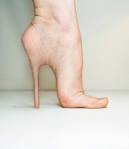 So… what can I do? you may ask. I will tell you.
So… what can I do? you may ask. I will tell you.
First: Wean down your heel height as much as possible and wear heels for special occasions instead of daily.
Second: Choose shoes with wide toe boxes to give your toes plenty of room to spread out. And help your toes find a new spread position by encouraging them with your fingers, spreading with toe muscle control, and wearing my new favorite toe aligment tool:
 I wear these in the evening for about an hour or so before going to bed. WOW! What a stretch!
I wear these in the evening for about an hour or so before going to bed. WOW! What a stretch!
 Third: Use a myofascial release tool to loosen up the tissues in the foot and create space for blood flow, nerve communication, and mechanical efficiency. My favorites are the Yoga Tune Up® therapy balls. They come in several sizes but the classics are best for the feet.
Third: Use a myofascial release tool to loosen up the tissues in the foot and create space for blood flow, nerve communication, and mechanical efficiency. My favorites are the Yoga Tune Up® therapy balls. They come in several sizes but the classics are best for the feet. 
Fourth: Stretch your calf muscles
Fifth: Stretch your hamstrings/posterior chain
Sixth: Fix your standing and walking foot pattern. If you are not a duck or a ballerina on the stage, please work on paralleling your feet one to the other.
Your feet should line up similar to the middle set, feet in parallel to each other. Practice this in both standing and walking. The more you practice this preferred posture, the more comfortable and less foreign it will feel.
Seventh: Make an effort to do something for your foot health daily. Your feet and toes will thank you immensely for your efforts! You can create change! Your foot structure is malleable based on the mechanical stresses placed on it.

